Iran has long been celebrated for its rich cultural heritage, intricate craftsmanship, and high-quality tile and ceramic production. With over 150 tile factories and a history of exporting to more than 50 countries, Iran is a global leader in the ceramic tile industry. For importers, sourcing tiles and ceramics from Iran offers a unique combination of affordability, quality, and diverse designs that blend traditional Persian artistry with modern innovation. Whether you’re a contractor, designer, or business owner looking to import tiles for residential or commercial projects, Iran’s tile market presents an unparalleled opportunity.
However, importing tiles and ceramics from Iran can seem daunting due to logistical complexities, trade regulations, and the need to identify reliable suppliers and top brands. This comprehensive guide is designed to simplify the process, providing actionable insights into why Iranian tiles are a smart choice, how to navigate the import process, and which brands stand out for their quality and craftsmanship. From understanding transshipment to selecting the best manufacturers, we’ll cover everything you need to know to successfully import tiles and ceramics from Iran. Let’s dive into the world of Iranian tiles and discover how to make your import journey seamless and profitable.
Why Choose Iranian Tiles and Ceramics?
Iran’s tile and ceramic industry is a powerhouse, producing approximately 500 million square meters of tiles annually, with more than half destined for export markets. The combination of rich mineral resources, skilled artisans, and advanced manufacturing technologies makes Iranian tiles a top choice for importers worldwide. Below, we explore the key reasons why importing tiles from Iran is a smart business decision.
۱. Unmatched Quality at Competitive Prices
Iranian tiles are renowned for their durability, aesthetic appeal, and adherence to international standards. Thanks to abundant local resources—۹۵% of raw materials for tile production are sourced within Iran—and lower labor costs, Iranian tiles offer premium quality at prices significantly lower than those of European or other global competitors. For example, porcelain and ceramic tiles from Iran are often priced competitively, making them ideal for large-scale projects without compromising on quality.
۲. Diverse Designs and Styles
From intricate Persian motifs to sleek, modern designs, Iranian tiles cater to a wide range of aesthetic preferences. Whether you’re looking for vibrant mosaic tiles for a luxury bathroom or durable porcelain tiles for high-traffic commercial spaces, Iran’s manufacturers offer a vast selection of colors, patterns, and sizes. This versatility ensures you can meet the demands of diverse markets, from traditional to contemporary.
۳. Rich Cultural Heritage and Craftsmanship
Iran’s tile-making tradition dates back centuries, with Persian artisans renowned for their intricate designs and attention to detail. Modern Iranian manufacturers blend this heritage with cutting-edge technology, producing tiles that are both visually stunning and technically superior. This fusion of art and innovation sets Iranian tiles apart in the global market.
۴. Strategic Geopolitical Location
Iran’s location, surrounded by 15 land and sea neighbors, makes it a strategic hub for trade and logistics. Ports like Bandar Abbas and proximity to transshipment hubs like Jebel Ali in Dubai facilitate efficient shipping to Europe, Asia, and the Middle East. This geographical advantage reduces transit times and costs, making Iran an attractive source for tile imports.
۵. Sustainability and Resource Availability
Iran’s rich mineral reserves provide a steady supply of high-quality raw materials for tile production, reducing reliance on imports and ensuring consistent quality. Many Iranian manufacturers also adopt sustainable practices, aligning with global environmental standards and appealing to eco-conscious buyers.
Top Iranian Tile and Ceramic Brands
Choosing the right manufacturer is critical to ensuring quality and reliability when importing tiles from Iran. Below, we highlight some of the best Iranian tile brands, known for their excellence in design, quality, and export capabilities.
۱. Tabriz Tile
Overview: Established in 1983, Tabriz Tile is one of Iran’s oldest and most reputable tile manufacturers, with a production capacity of 7 million square meters annually. Based in Tabriz, the company produces a wide range of floor and wall tiles, including porcelain and non-porcelain varieties, using state-of-the-art equipment.
Why Choose Tabriz Tile?: Known for its high-quality glazes and diverse designs, Tabriz Tile exports to global markets and adheres to international standards. Its products are ideal for both residential and commercial applications.
Popular Products: Floor and wall ceramic tiles in various sizes (e.g., 60×60 cm, 30×90 cm) and glazed porcelain tiles.
۲. Takceram Tile
Overview: Based in Isfahan, Takceram has been a pioneer in the Iranian tile industry since 1995. With an annual production of 3 million cubic meters, it serves both domestic and international markets.
Why Choose Takceram?: Takceram combines modern machinery with innovative designs, offering a wide range of tiles suitable for diverse applications. Its strong presence in Europe highlights its reliability and quality.
Popular Products: Glazed ceramic tiles, anti-slip floor tiles, and decorative wall tiles.
۳. Goldis Tile
Overview: Founded in 2002 in Yazd, Goldis Tile is known for its high-quality products that rival European standards. The brand’s strong distribution network ensures efficient delivery and customer support.
Why Choose Goldis Tile?: Goldis Tile excels in producing durable, aesthetically pleasing tiles with a focus on customer satisfaction. Its competitive pricing makes it a favorite among importers.
Popular Products: Porcelain tiles, granite tiles, and large-format slabs for modern interiors.
۴. Marjan Tile
Overview: Operating since 1992 in Isfahan, Marjan Tile specializes in red body tiles, glazed porcelain, and anti-acid tiles for industrial and parking applications.
Why Choose Marjan Tile?: Marjan Tile is a trusted name for projects requiring durable, high-performance tiles. Its modern equipment and focus on quality make it a top choice for exporters.
Popular Products: Anti-acid tiles, parking tiles, and glazed porcelain for facades.
۵. Mah Ceram Tile
Overview: Established in 1997 in Yazd, Mah Ceram is renowned for its durable, high-quality tiles suitable for various climates and applications.
Why Choose Mah Ceram?: Mah Ceram’s commitment to quality and versatility makes it a reliable choice for importers seeking tiles for diverse projects.
Popular Products: Floor and wall tiles in various sizes and designs, including moisture-resistant options.
۶. Persepolis Tile
Overview: Founded in 2007 in Yazd, Persepolis blends traditional Persian craftsmanship with modern technology, offering a diverse range of aesthetically pleasing tiles.
Why Choose Persepolis?: Its focus on combining cultural heritage with contemporary designs makes it ideal for importers targeting niche markets.
Popular Products: Decorative ceramic tiles and large-format porcelain slabs.
How to Import Tiles and Ceramics from Iran: A Step-by-Step Guide
Importing tiles from Iran requires careful planning to navigate logistical, legal, and trade-related challenges. Below is a detailed guide to ensure a smooth import process.
Step 1: Research and Identify Suppliers
Why It Matters: Choosing a reliable supplier is the foundation of a successful import operation. Look for suppliers with experience in exporting tiles, strong connections with top manufacturers, and a track record of customer satisfaction.
How to Do It:
- Online Research: Use platforms like Araz Tile, CeramPakhsh, or ManaMaster to explore product catalogs and connect with suppliers.
- Check Reviews: Contact previous customers or read reviews to verify the supplier’s reliability.
- Request Samples: Ask for tile samples to assess quality before placing bulk orders.
- Verify Certifications: Ensure the supplier’s products meet international standards, such as ISO certifications.
Step 2: Understand Trade Regulations and Sanctions
Why It Matters: Iran faces international sanctions that may affect trade with certain countries. Understanding these restrictions is crucial to avoid legal issues.
How to Do It:
- Consult Legal Experts: Work with a trade consultant or freight forwarder familiar with Iran’s export regulations.
- Use Transshipment: To bypass sanctions, consider transshipping through neutral hubs like Jebel Ali (UAE) or Singapore. This involves transferring cargo at an intermediary port without entering the country’s customs system.
- Check Destination Country Rules: Verify import regulations in your country, including tariffs and customs requirements.
Step 3: Select the Right Tile Types and Specifications
Why It Matters: Iranian tiles come in various types—ceramic, porcelain, mosaic, and rustic—each suited for specific applications. Choosing the right type ensures your project meets quality and aesthetic requirements.
How to Do It:
- Ceramic Tiles: Ideal for walls and low-traffic areas due to their versatility and ease of cutting.
- Porcelain Tiles: Perfect for high-traffic areas and wet environments due to their durability and low water absorption.
- Mosaic Tiles: Best for decorative applications, such as backsplashes or feature walls.
- Rustic Tiles: Suitable for traditional or outdoor settings with a natural, clay-based appearance.
- Customization: Many suppliers, like Araz Tile, offer custom designs and sizes to meet specific project needs.
Step 4: Negotiate Pricing and Payment Terms
Why It Matters: Competitive pricing is one of Iran’s key advantages, but clear payment terms prevent disputes and ensure a smooth transaction.
How to Do It:
- Request Quotes: Obtain detailed quotes from multiple suppliers, including tile costs, shipping, and handling fees.
- Negotiate Terms: Agree on payment methods (e.g., bank transfers, letters of credit) and delivery timelines.
- Consider Bulk Discounts: Importing in large quantities often secures better pricing.
Step 5: Arrange Shipping and Logistics
Why It Matters: Efficient logistics ensure timely delivery and protect the quality of your tiles during transit.
How to Do It:
- Choose a Freight Forwarder: Partner with a logistics provider experienced in transshipment and Iranian exports.
- Select Shipping Method: Iran’s strategic location allows for sea, land, or air transport. Sea freight via ports like Bandar Abbas is cost-effective for bulk orders.
- Ensure Proper Packaging: Tiles must be packed securely to prevent damage during transshipment or long-distance shipping.
- Track Shipments: Use tracking tools to monitor your cargo’s journey and address any issues promptly.
Step 6: Handle Customs Clearance
Why It Matters: Proper documentation and compliance with customs regulations prevent delays and additional costs.
How to Do It:
- Prepare Documents: Key documents include the Bill of Lading, Commercial Invoice, Packing List, and Certificate of Origin.
- Work with a Customs Broker: A broker can streamline the clearance process in your destination country.
- Account for Tariffs: Check import tariffs in your country (e.g., lower tariffs in Pakistan compared to Chinese tiles).
Step 7: Inspect and Distribute
Why It Matters: Inspecting your shipment upon arrival ensures quality and allows you to address any issues with the supplier.
How to Do It:
- Conduct Quality Checks: Verify that the tiles match your order specifications and are free from defects.
- Plan Distribution: Arrange storage and distribution to your customers or project sites.
- Provide After-Sales Support: Offer support to end-users to build trust and encourage repeat business.
Overcoming Challenges in Importing Tiles from Iran
While importing tiles from Iran offers significant benefits, challenges such as sanctions, logistics, and industry fragmentation can arise. Here’s how to address them:
۱. Navigating Sanctions and Export Restrictions
Challenge: International sanctions may limit direct trade with Iran, complicating payment and shipping processes.
Solution: Use transshipment through neutral hubs like Jebel Ali or Singapore to bypass restrictions. Work with experienced freight forwarders who understand sanction-related compliance.
۲. Logistical Complexities
Challenge: Inadequate transportation networks or port congestion can lead to delays and higher costs.
Solution: Choose reputable logistics providers and transshipment hubs with advanced infrastructure. Plan for contingencies, such as alternative routes, to maintain supply chain resilience.
۳. Fragmented Industry Structure
Challenge: Iran’s tile industry includes many small and medium-sized manufacturers, which can make it difficult to identify reliable suppliers.
Solution: Partner with established suppliers like Araz Tile or CeramPakhsh, which have strong connections with top manufacturers and streamlined export processes.
۴. Limited International Marketing
Challenge: Iranian tile brands may have lower global recognition due to limited marketing efforts.
Solution: Attend trade exhibitions where Iranian manufacturers showcase their products, or use online platforms to explore their offerings.
The Future of Iran’s Tile and Ceramic Industry
Iran’s tile industry is poised for continued growth, driven by increasing export demand and government support. The market is expected to reach USD 1.93 billion by 2030, with a CAGR of 4.97%. Key trends shaping the industry include:
- Technological Advancements: Investments in modern machinery and production techniques are enhancing quality and competitiveness.
- Diversified Export Markets: While Iraq and Pakistan are major buyers, Iran is expanding into markets like Russia, Turkey, and Qatar.
- Sustainability Focus: Manufacturers are adopting eco-friendly practices to appeal to global buyers.
- Construction Sector Growth: Iran’s construction industry is projected to grow by 3.6% annually from 2023 to 2026, boosting domestic and export demand for tiles.
By staying informed about these trends, importers can position themselves to capitalize on Iran’s growing tile market.
Conclusion
Importing tiles and ceramics from Iran offers a unique opportunity to access high-quality, affordable products with a rich cultural heritage. Brands like Tabriz Tile, Takceram, and Goldis Tile exemplify Iran’s commitment to craftsmanship and innovation, making them top choices for importers worldwide. By following a structured import process—researching suppliers, navigating trade regulations, and leveraging transshipment—you can overcome challenges and build a successful import operation.
Whether you’re sourcing tiles for a luxury hotel, a residential project, or a commercial space, Iran’s tile industry provides the quality, variety, and value you need to succeed. Start by connecting with reputable suppliers like Araz Tile or CeramPakhsh, explore their extensive catalogs, and take advantage of Iran’s strategic location and competitive pricing. With the right approach, importing tiles from Iran can elevate your projects and boost your business’s profitability. Begin your import journey today and bring the beauty of Persian tiles to your market.
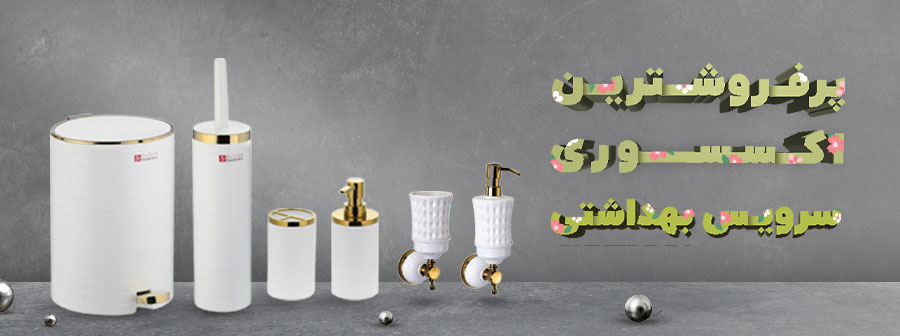
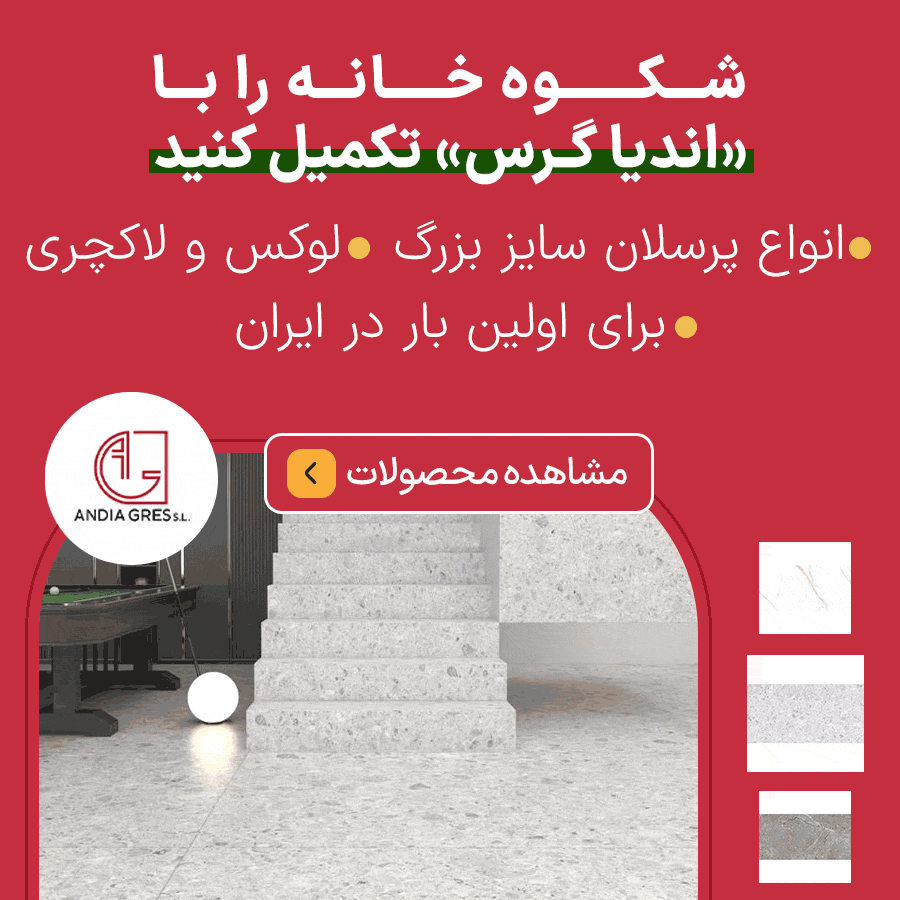
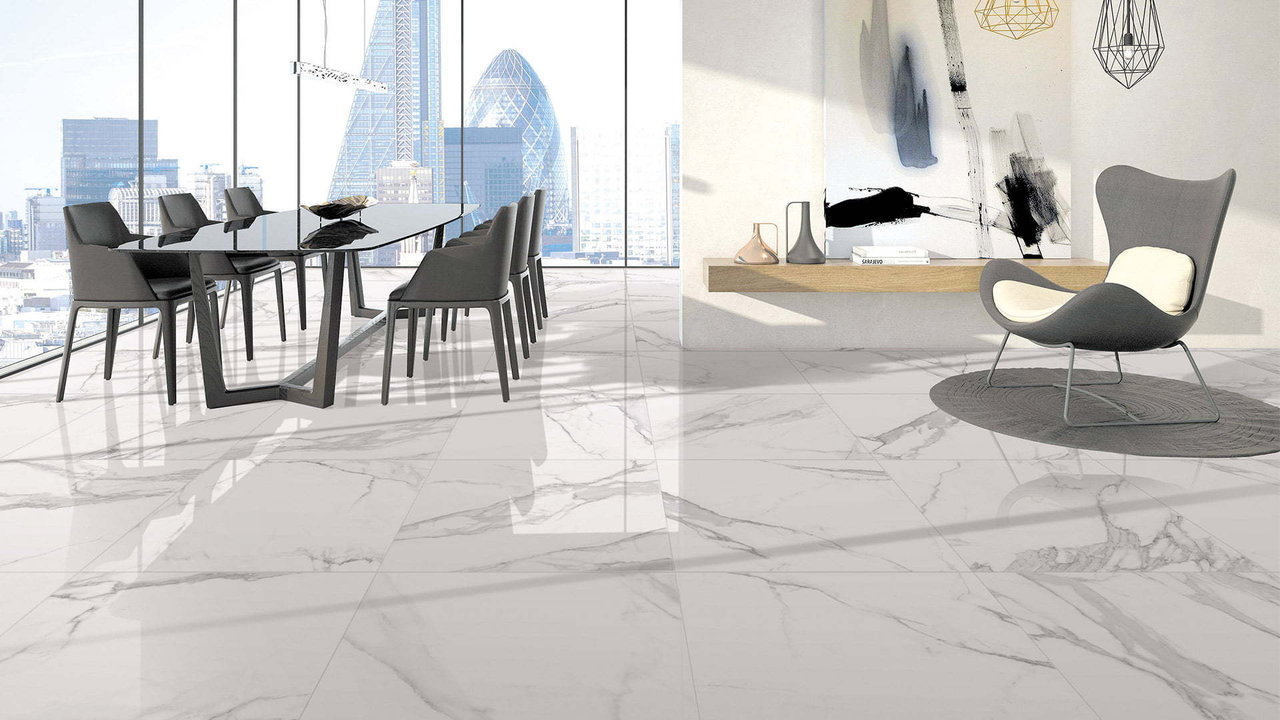
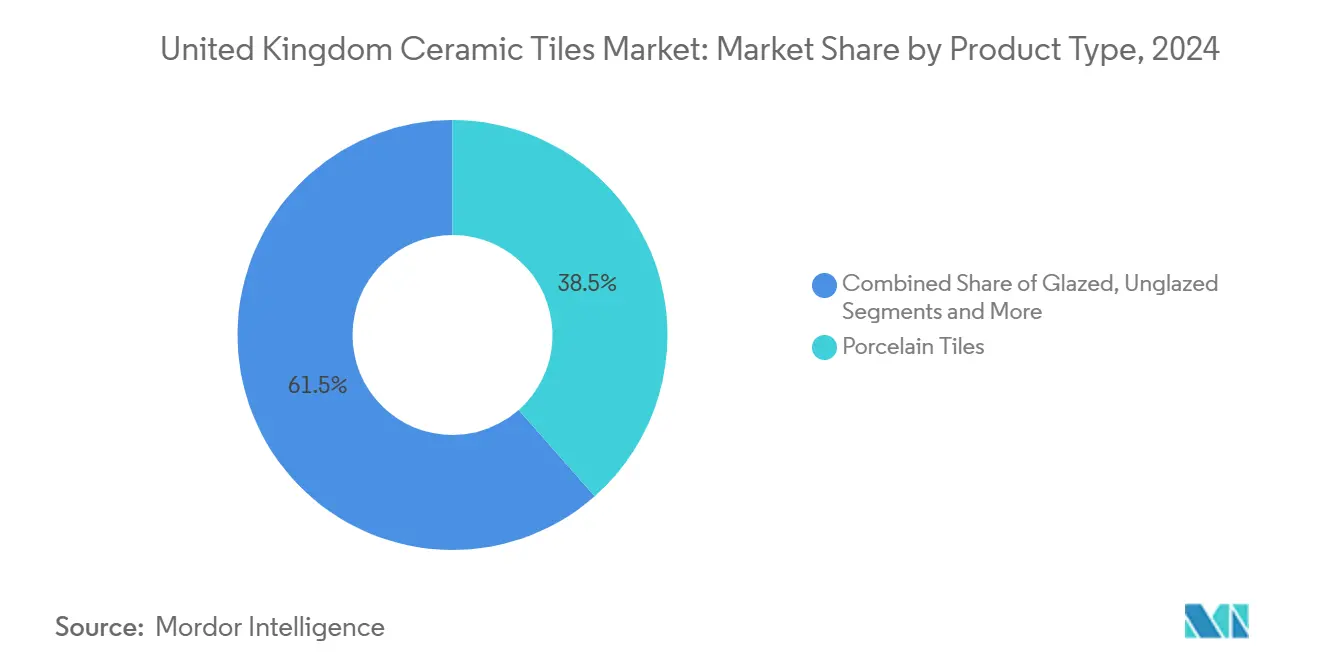
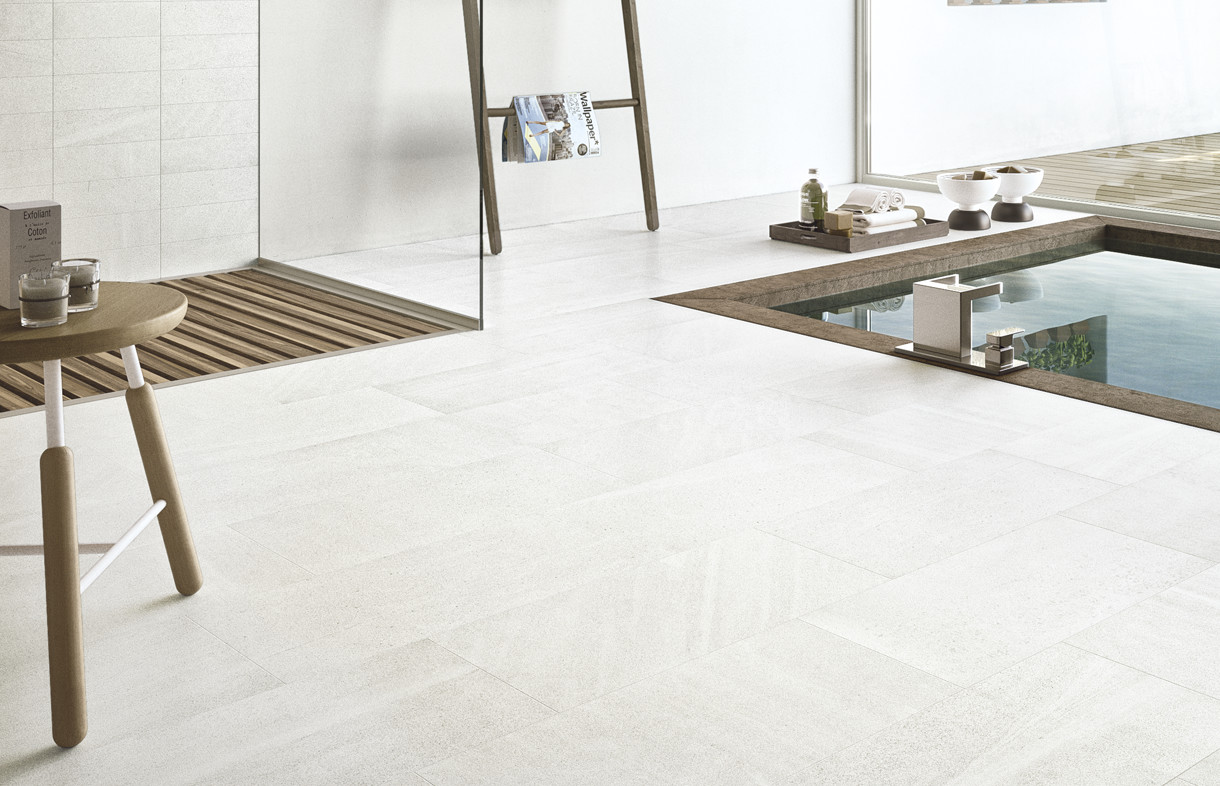

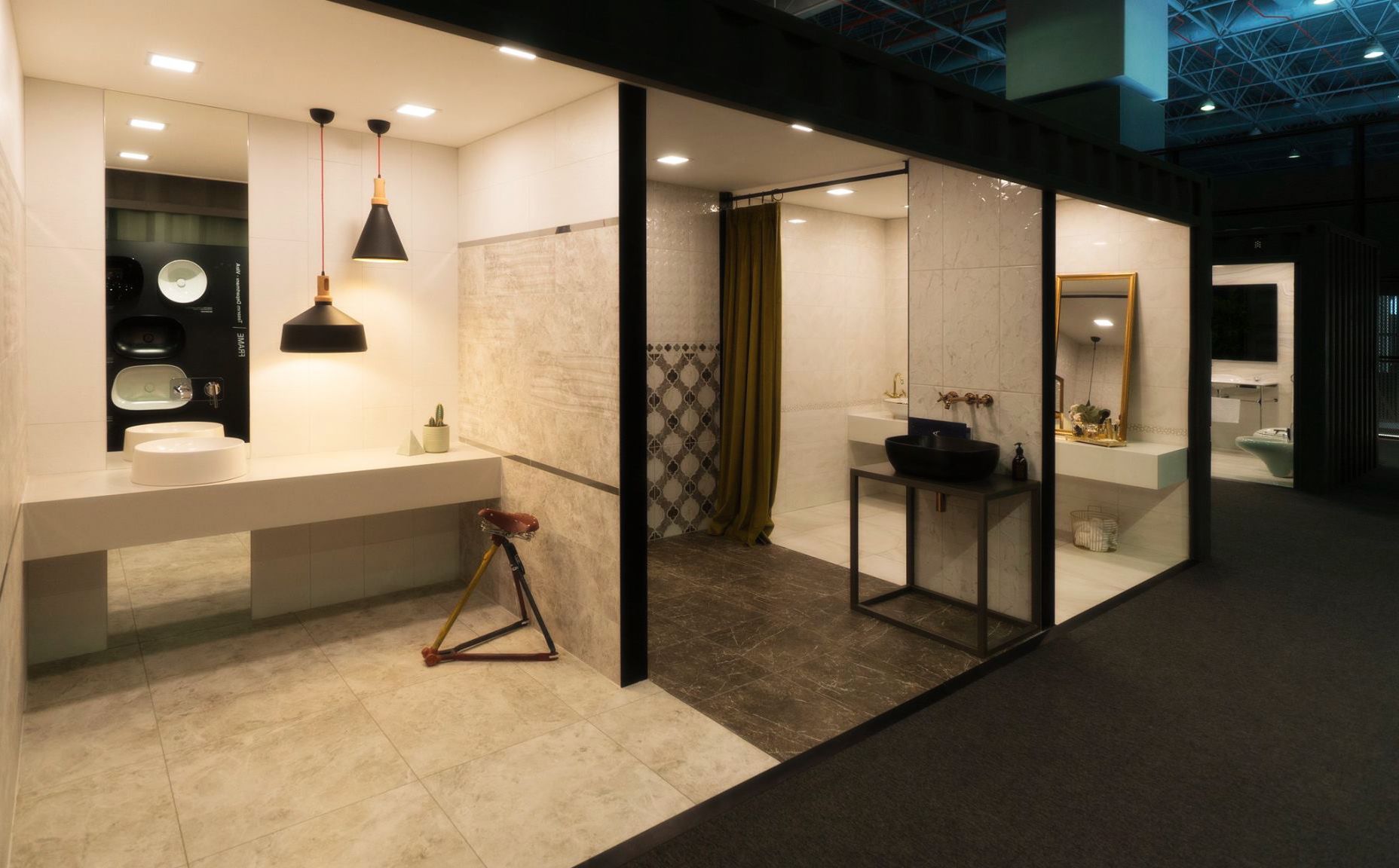
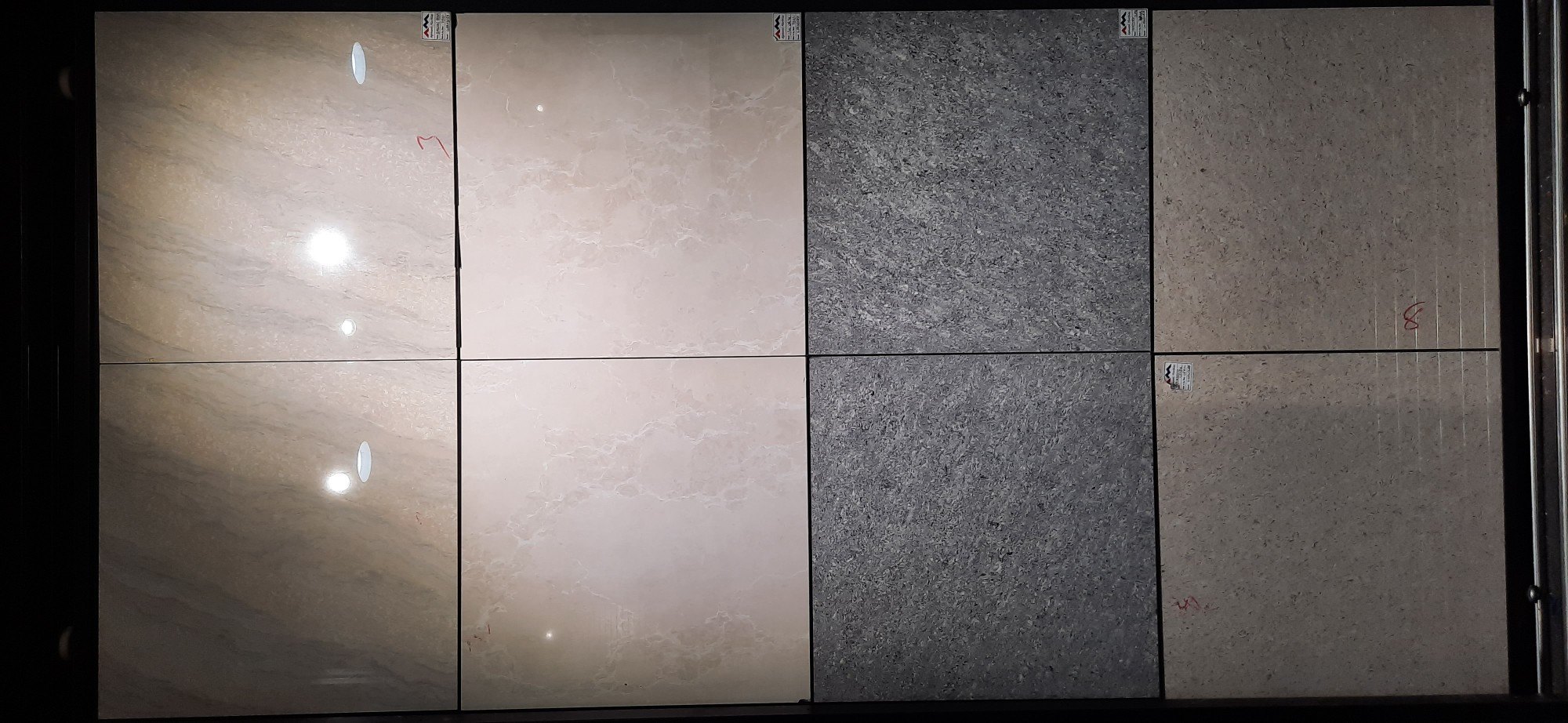
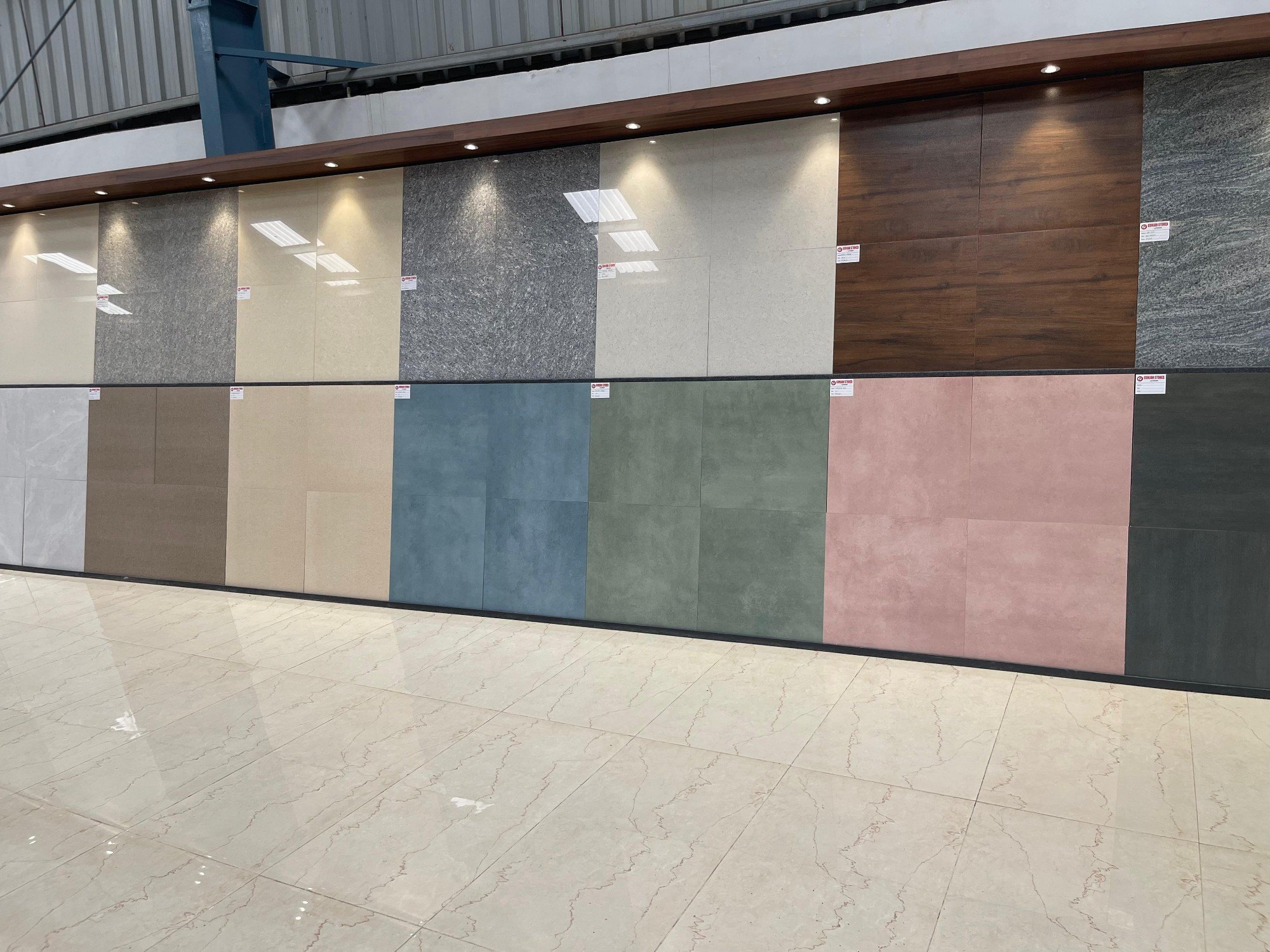
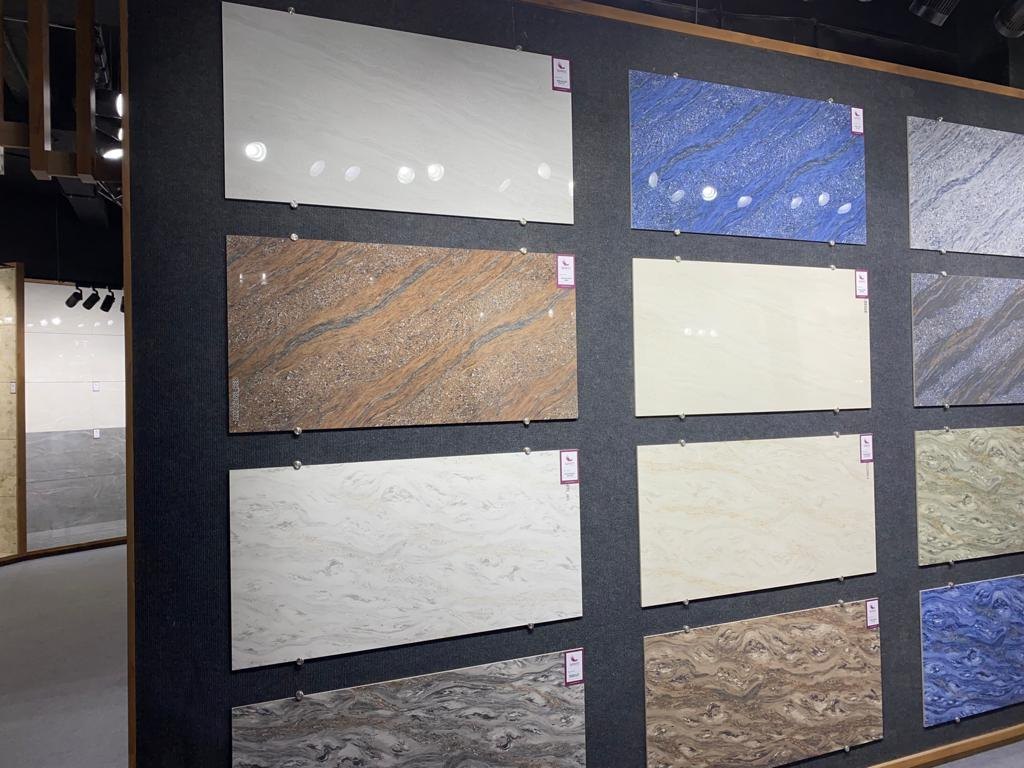
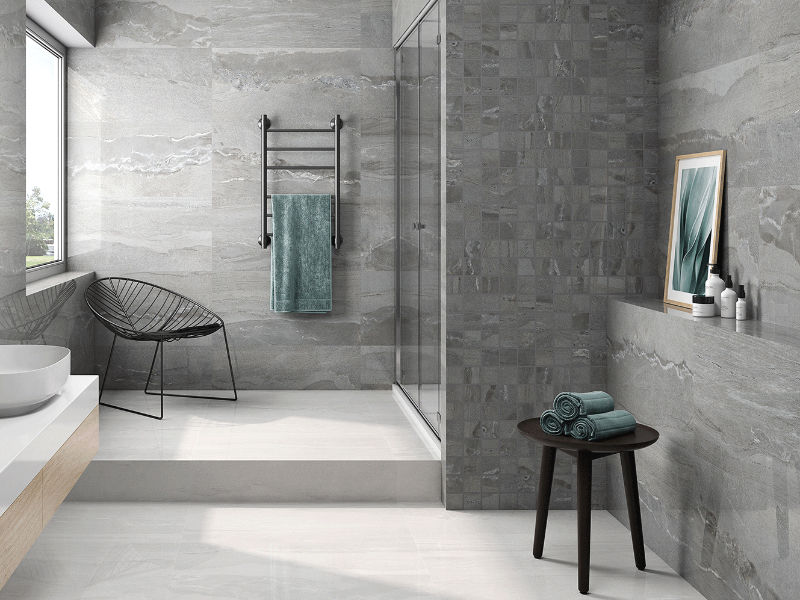
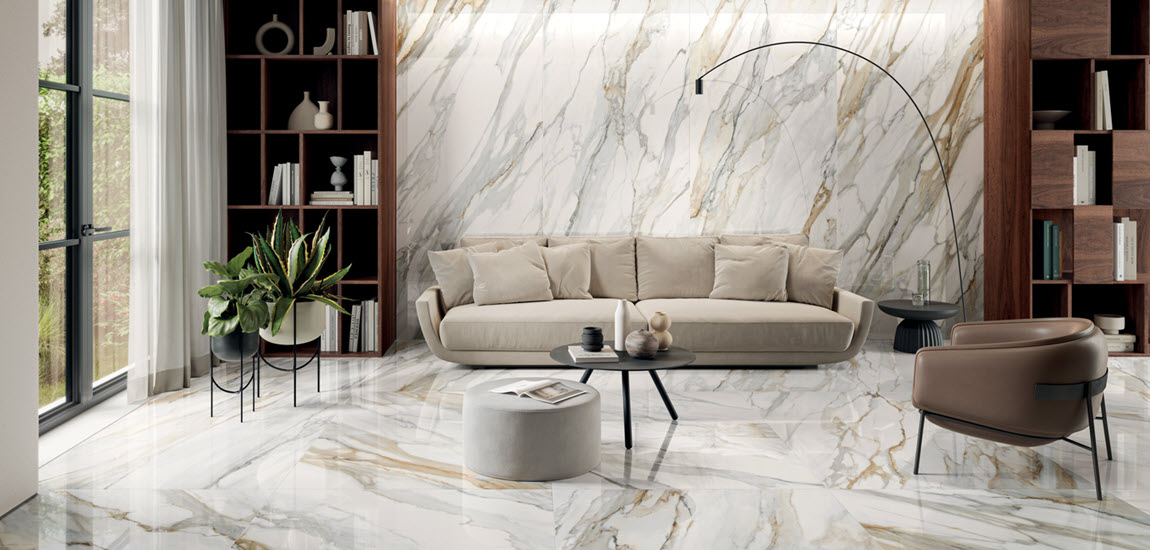
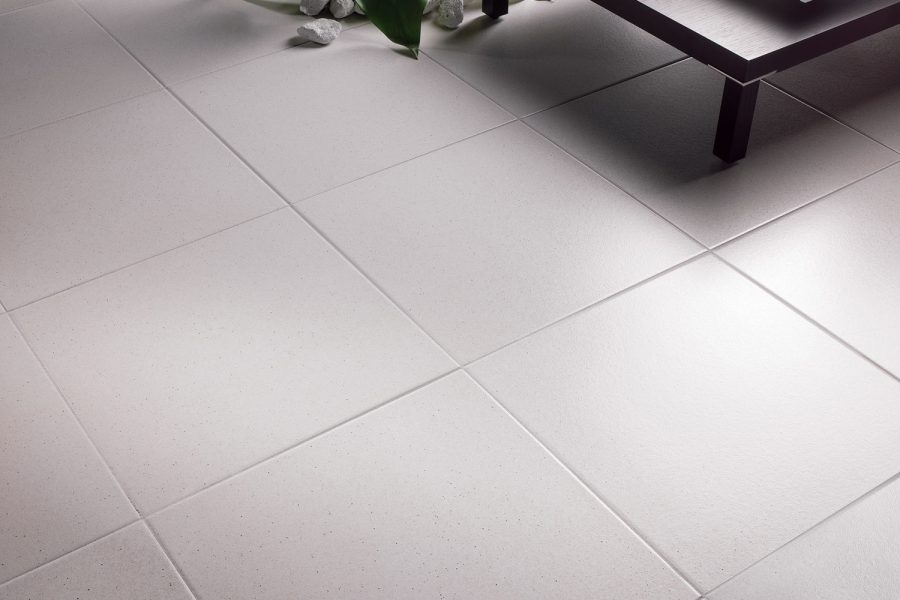
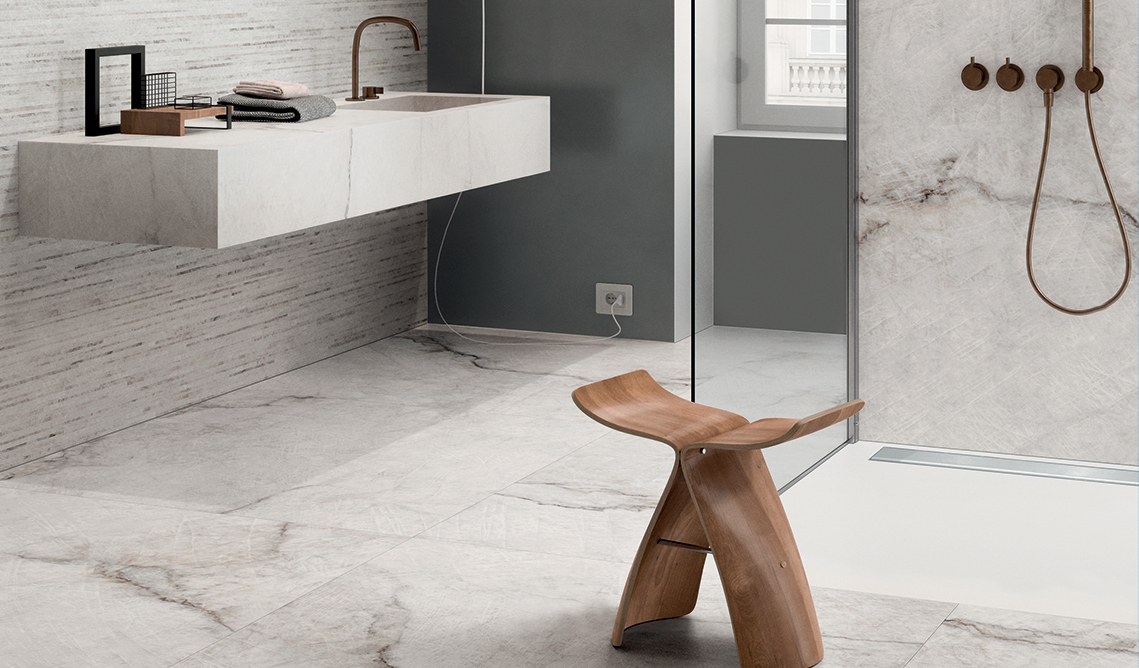

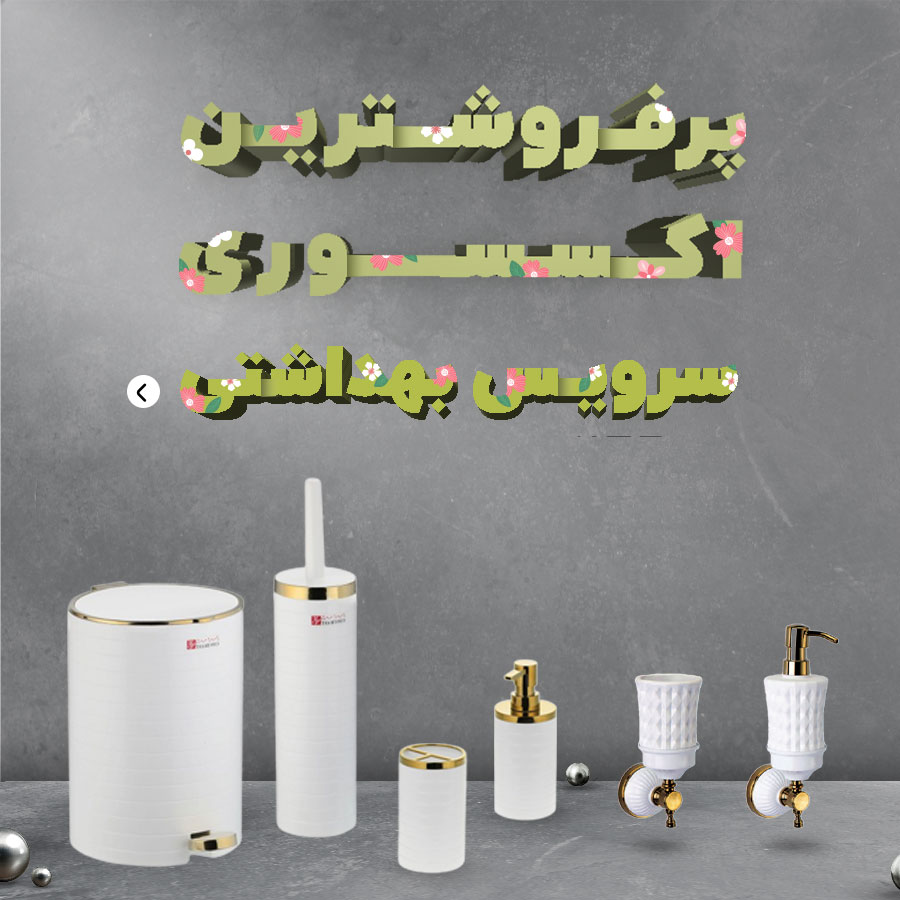

نظرات ۰